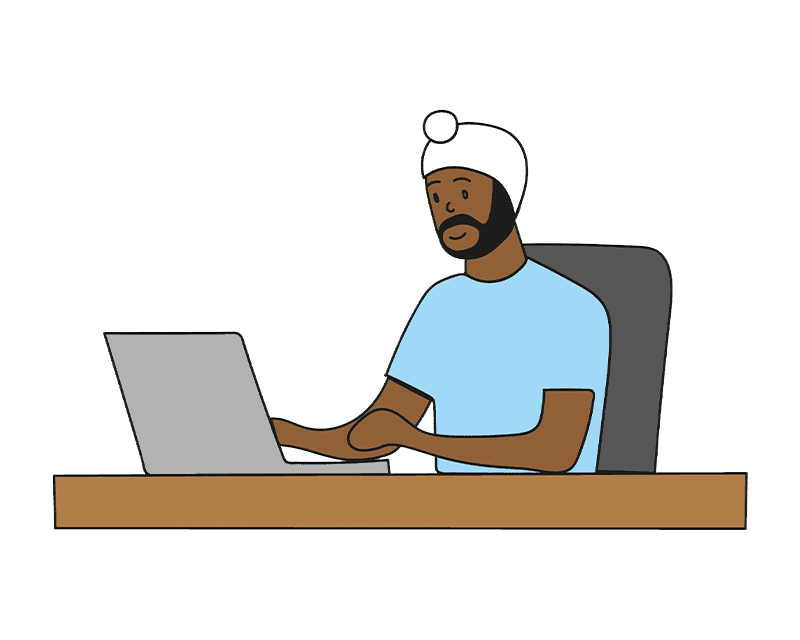 Whilst desk-based work offers a lot of benefits for those living with arthritis when compared with other, more active roles, it still poses a number of risks.
Whilst desk-based work offers a lot of benefits for those living with arthritis when compared with other, more active roles, it still poses a number of risks.
Sitting with incorrect posture, or sitting for long periods of time without taking regular breaks to move around, can be just as harmful to your joints as overactivity.
Solution
To minimise joint pain and stiffness while working at your desk, it’s important to adjust your posture and your working environment so that you can be comfortable at work.
-
Find the right chair
Your chair should be comfortable and offer good support for your lower and mid back, with the backrest sitting in the small of your back. If you find your chair doesn’t offer enough lumbar support, try using a small cushion or a rolled towel to increase comfort.
-
Think about your positioning
To keep good posture, you should sit upright and keep your shoulders square — relaxed, but not slumped. Your hips and knees should stay at a 90-degree angle, with your feet placed flat on the floor.
-
Adjust your seat if you need to
Set your chair to a height that will allow you to keep your feet flat on the floor. If your chair isn’t adjustable, you can always use a footrest to ensure your hips are slightly higher than your knees.
When adjusting the tilt of your seat, you should set it so that it’s either level or tilting slightly upwards at the front.
-
Use armrests
You may find working at your desk more comfortable without armrests on your chair, but if you prefer to use armrests, it’s important to make sure they’re set at the right height. If you have to hunch your shoulders, it’s likely your armrests are too high, and if your elbows don’t reach, they’re set too low.
-
Reposition yourself regularly
When working at a desk, it’s important to move regularly to stretch your muscles and activate your joints. Remember to change your position often, taking regular breaks to stand, stretch and walk around. If this is something you struggle with, try using a timer to give yourself regular reminders to move.
If you need help with the physical challenges that come come with desk-based work you can read the WORKWELL solution on computer ergonomics.